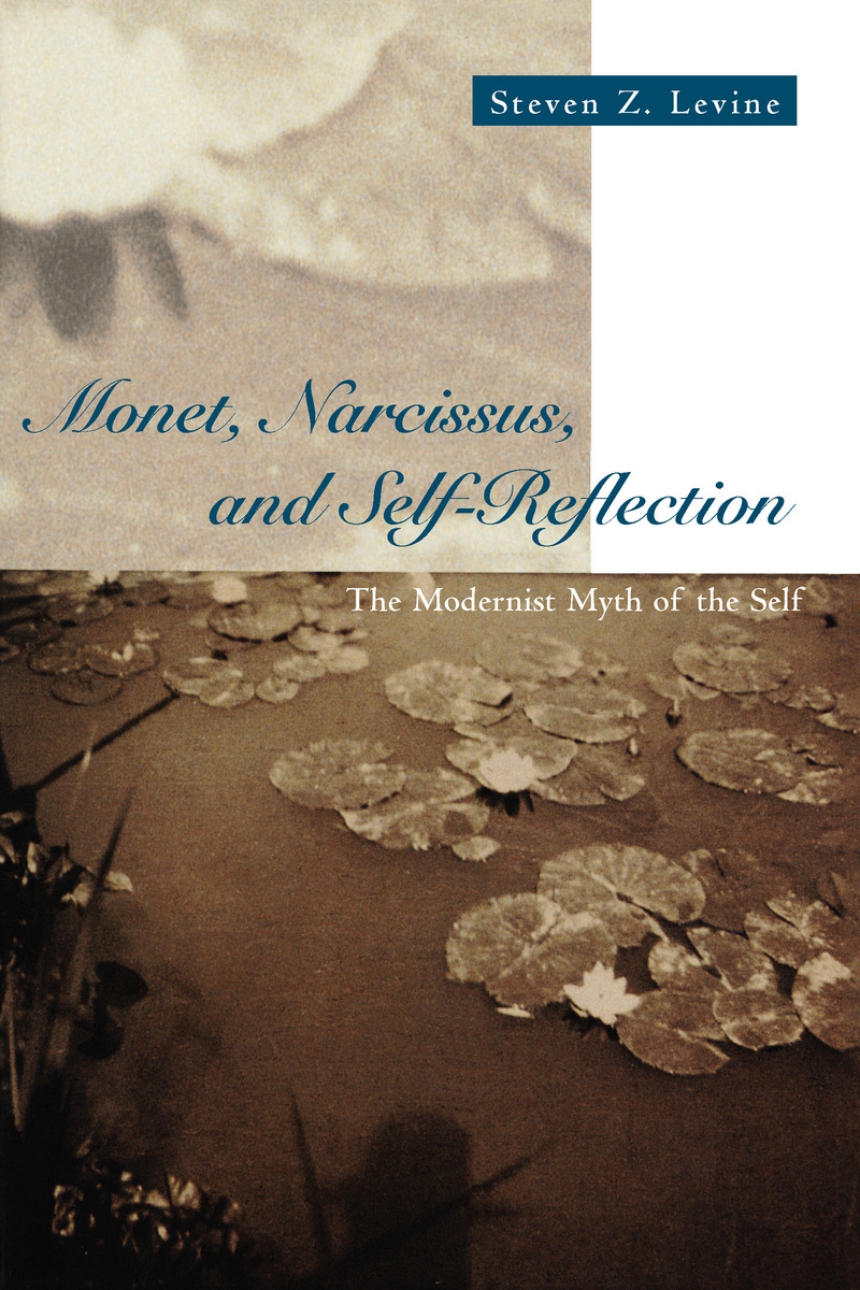Monet, Narcissus, and Self-Reflection
The Modernist Myth of the Self
Steven Z. Levine provides a new understanding of the life and work of Claude Monet and the myth of the modern artist. Levine analyzes the extensive critical reception of Monet and the artist’s own prolific writings in the context of the story of Narcissus, popular in late nineteenth-century France. Through a careful blending of psychoanalytical theory and historical study, Levine identifies narcissism and obsession as driving forces in Monet’s art and demonstrates how we derive meaning from the accumulated verbal responses to an artist’s work.
Table of Contents
List of Illustrations
Preface and Acknowledgments
1: Baudelaire and the Error of Narcissus (1859-70)
2: From Self-Infatuation to Self-Reflection (1870-80)
3: Normandy’s Beaches and Maritime Origins (1880-83)
4: The Riviera and the Impossibility of the Blues (1884-85)
5: Etretat and Death by the Sea (1885-86)
6: Belle-Ile and the Oceanic Feeling (1886-87)
7: Antibes and the Intoxication of Solitude (1888)
8: Mirbeau and the Cult of the Self (1889)
9: The Creuse and Neurotic Obsession (1889)
10: Mallarme, Women, and Water Lilies (1889-91)
11: Allegories of Narcissus: Valery, Gide, Mauclair (1891-95)
12: Allegories of Narcissus: Regnier, Gasquet, Rollinat (1895-99)
13: Giverny and Paradise (1899-1909)
14: Bending over the Source (1909)
15: War, Water Lilies, and Death (1909-26)
16: Self-Portrait of the Artist as an Old Man
Notes
Bibliography
Photography Credits
Index
Preface and Acknowledgments
1: Baudelaire and the Error of Narcissus (1859-70)
2: From Self-Infatuation to Self-Reflection (1870-80)
3: Normandy’s Beaches and Maritime Origins (1880-83)
4: The Riviera and the Impossibility of the Blues (1884-85)
5: Etretat and Death by the Sea (1885-86)
6: Belle-Ile and the Oceanic Feeling (1886-87)
7: Antibes and the Intoxication of Solitude (1888)
8: Mirbeau and the Cult of the Self (1889)
9: The Creuse and Neurotic Obsession (1889)
10: Mallarme, Women, and Water Lilies (1889-91)
11: Allegories of Narcissus: Valery, Gide, Mauclair (1891-95)
12: Allegories of Narcissus: Regnier, Gasquet, Rollinat (1895-99)
13: Giverny and Paradise (1899-1909)
14: Bending over the Source (1909)
15: War, Water Lilies, and Death (1909-26)
16: Self-Portrait of the Artist as an Old Man
Notes
Bibliography
Photography Credits
Index
